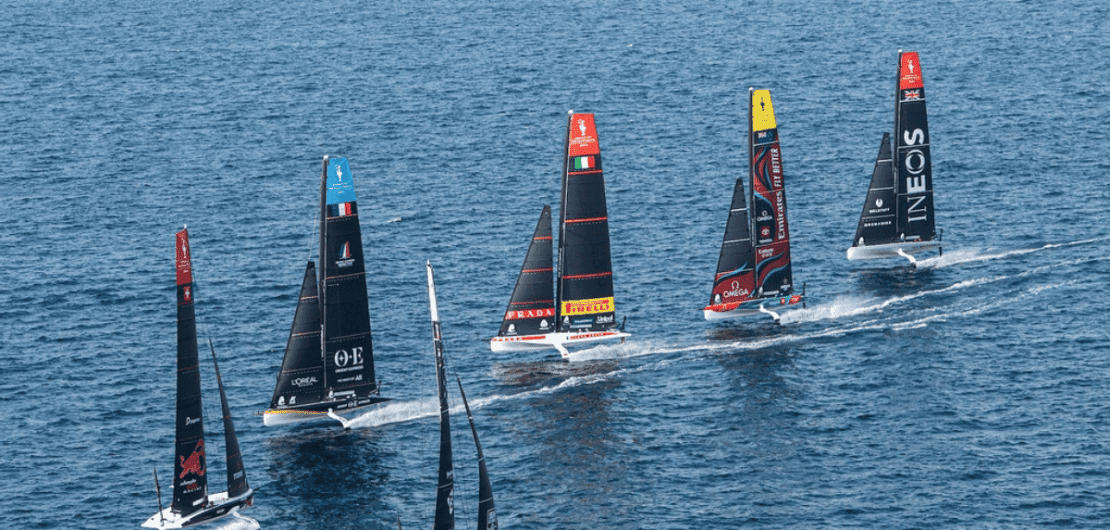
America’s Cup 2024 in Barcelona: History, Technology, and Emotion
- January 23, 2024January 23, 2024
- by LC Studio Web
The America’s Cup, a sailing event that blends history, fame, fortune, international rivalry, and technology, stands as the world’s premier regatta, offering one of the most significant sports spectacles of our time. In this blog, we will delve into the captivating details of the 2024 America’s Cup, set to unfold in the beautiful city of Barcelona.
History of the America's Cup: An Epic Start in 1851
The legend of the America’s Cup dates back to 1851 when the American schooner defeated fourteen vessels from the Royal Yacht Squadron of London in a regatta around the Isle of Wight called the Queen’s Cup. The silver jug, the 100-guinea trophy, traveled across the Atlantic, marking the inception of this prestigious event’s history.
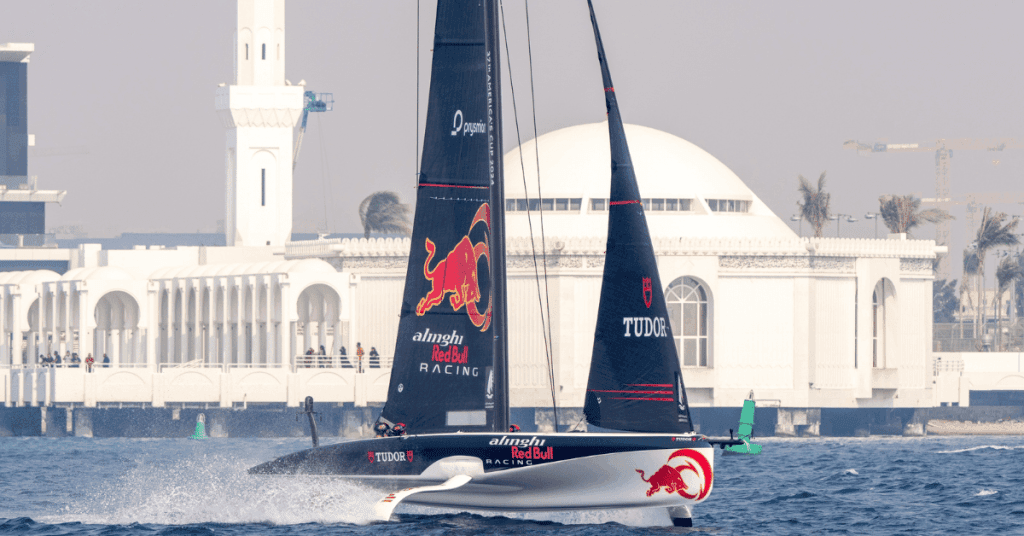
The Dominance of the New York Yacht Club: Over 100 Years of Victory
Following the victory of the schooner America, the trophy was donated to the New York Yacht Club, which accepted challenges from clubs worldwide for over a century. The New York Yacht Club’s hegemony was only broken in 1983 when the Australia II put an end to their reign, marking a milestone in the America’s Cup history.
Format of the America's Cup Event: A Unique Competition
The magic of the America’s Cup lies in its unique format. It’s a regatta of state-of-the-art sailboats but retains the essence of high-class competitions from the 19th century. The competition, a 1-on-1 showdown where the defending club faces the challenger, is governed by the “Deed of Gift,” a document acting as the regatta’s “constitution.”
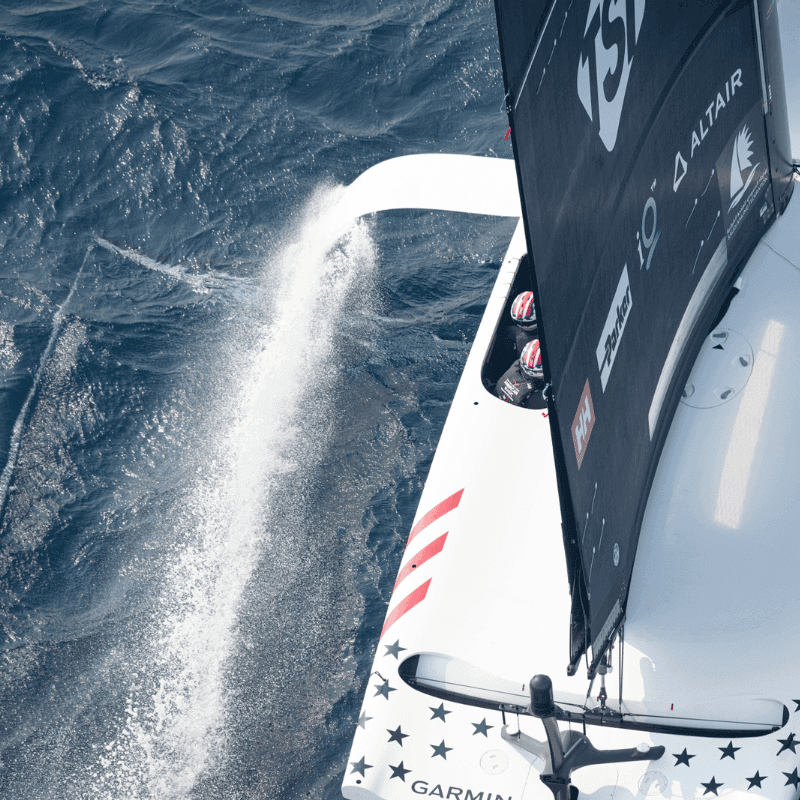
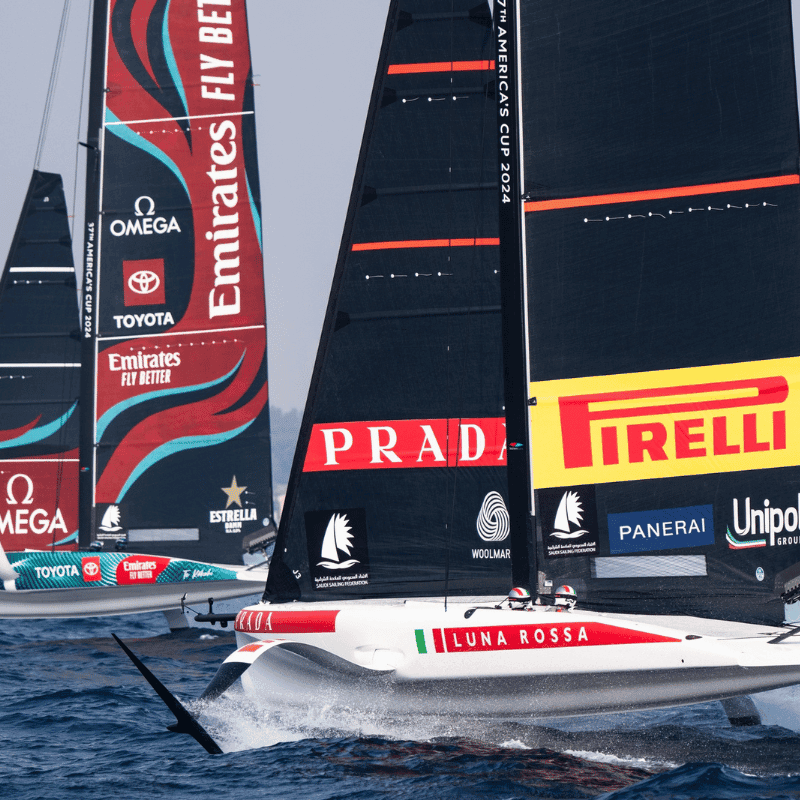
The "Protocol": Defining the Rules of the Game for 2024
The “Protocol” is the document that sets the rules for the 2024 America’s Cup in Barcelona. Signed by the Royal New Zealand Yacht Squadron of New Zealand and the English Royal Yacht Squadron, this document defines key aspects such as dates, participation fees, and conditions for challenging clubs.
Ships and Technology: The Stunning AC75
For the 2024 America’s Cup in Barcelona, teams will compete with the AC75 model, a high-performance monohull with foils. These underwater wings allow sailboats to “fly” over the water, reaching astonishing speeds. With technical features like a mast height of 26.5 meters and maximum speeds of over 50 knots, the AC75 is the jewel of the competition.
News in Barcelona 2024: Female and Youth Categories
The 2024 edition introduces exciting novelties: for the first time, there will be female and youth competitions. The AC40, smaller versions of the AC75, will enable fair competition, seeking to discover young talents and overcome budgetary differences.
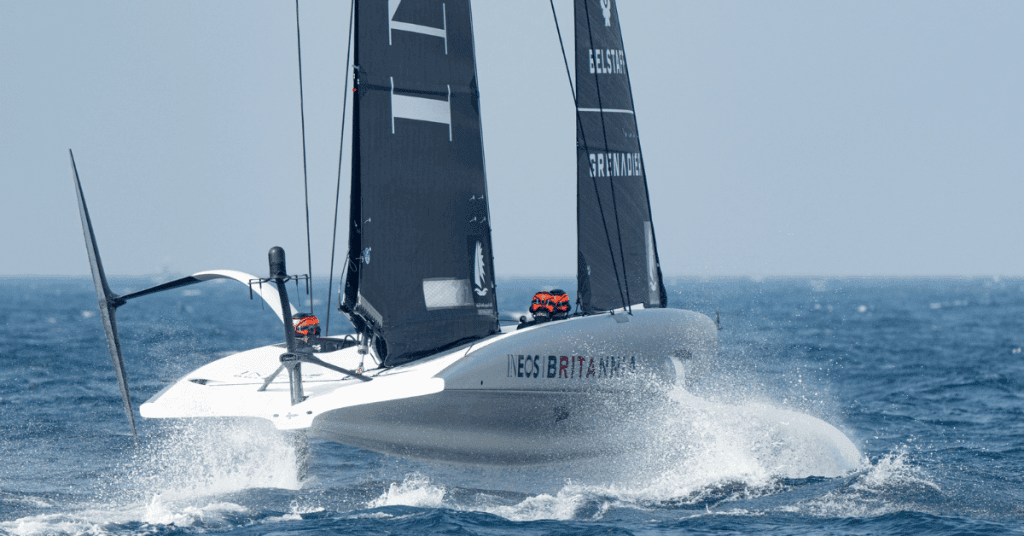
Dates and Location in Barcelona: A unique experience
The America’s Cup Barcelona 2024 will take place in September with the Challenger Selection Series, followed by the female, youth, and male finals in October. Barcelona, with its Port Olímpic and Port Ginesta (where we are based) and familiar waters, will offer a unique experience for spectators and participants. Port Ginesta offers a lot of mooring available and we can help you finding you one. We also manage private mooring so please ask us if you are looking for a spot!
Experience the Thrill of the America's Cup
in Barcelona
The 2024 America’s Cup in Barcelona promises to be an unforgettable event, merging the rich history of the competition with today’s innovative technology. From the competition itself to the new female and youth category, excitement and adrenaline will be present in every moment.
Get ready to experience the America’s Cup from the front row in magnificent Barcelona! Contact us for more information.

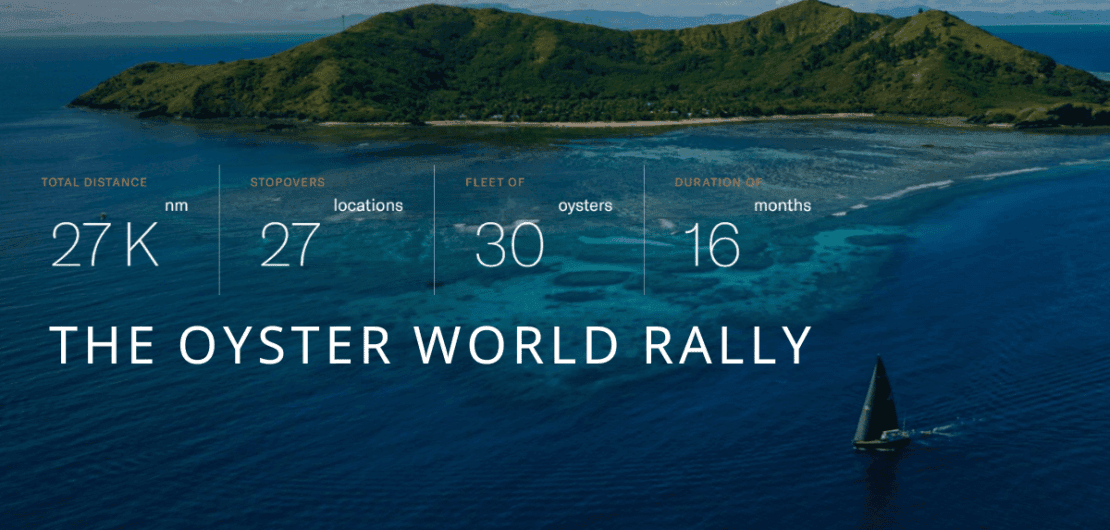
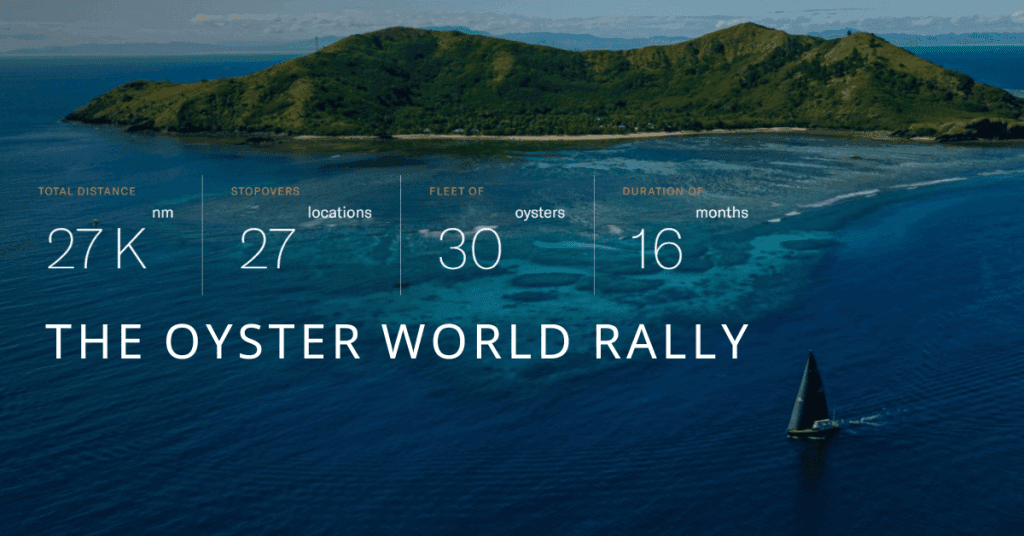

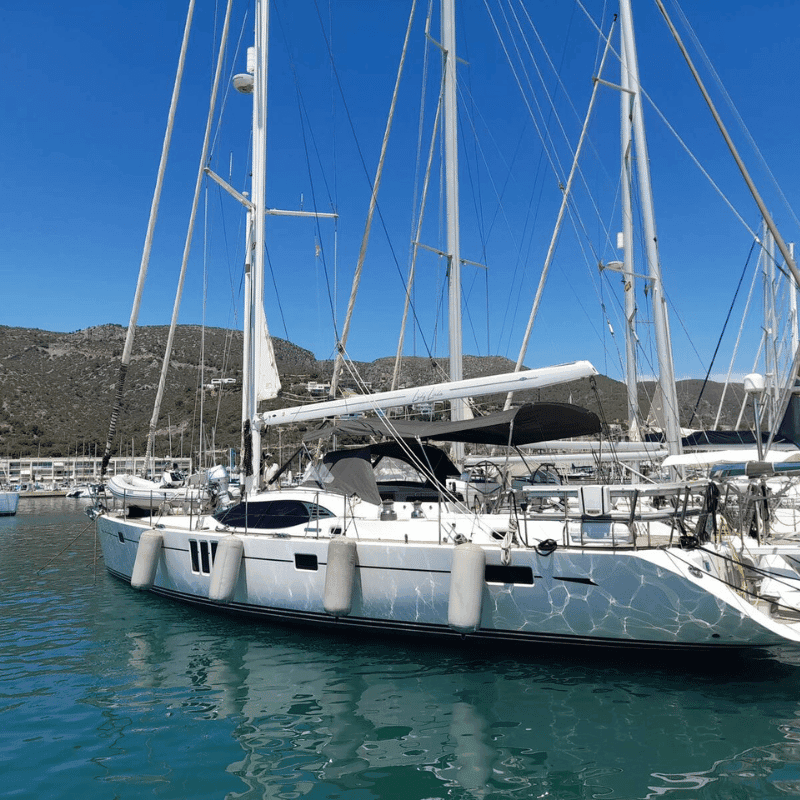
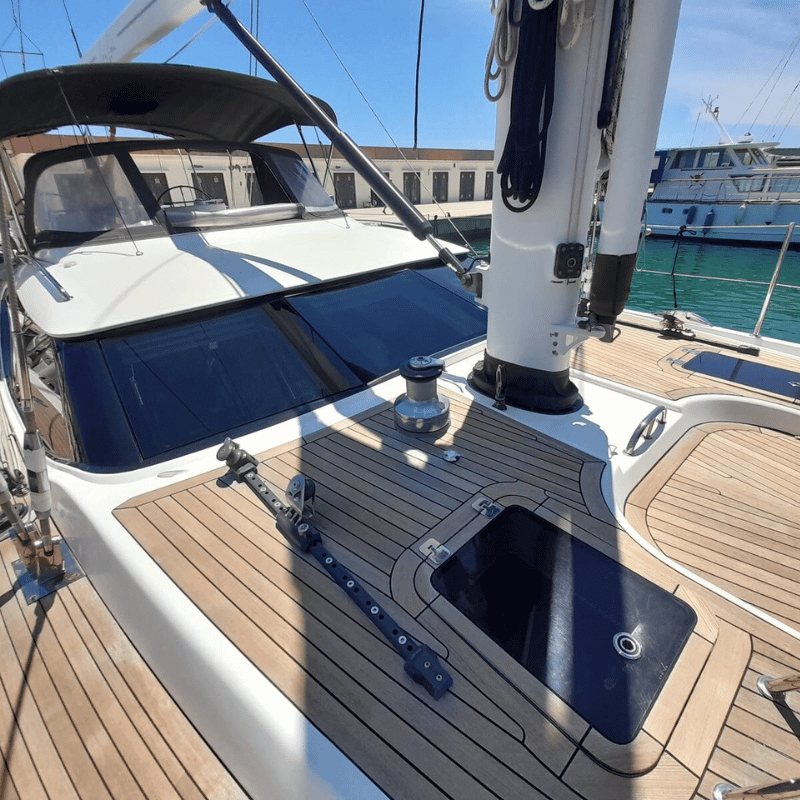
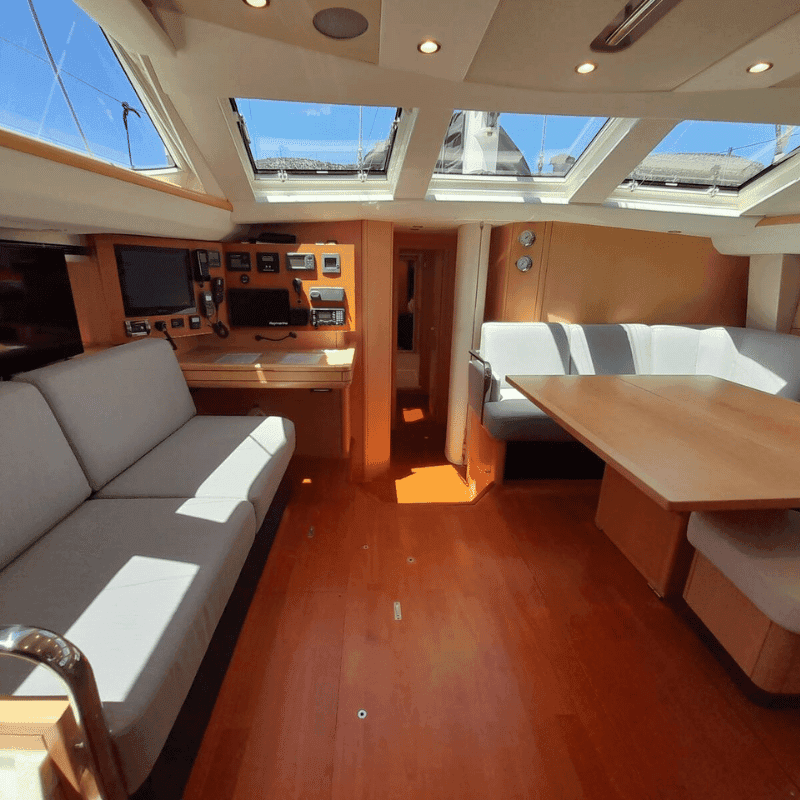
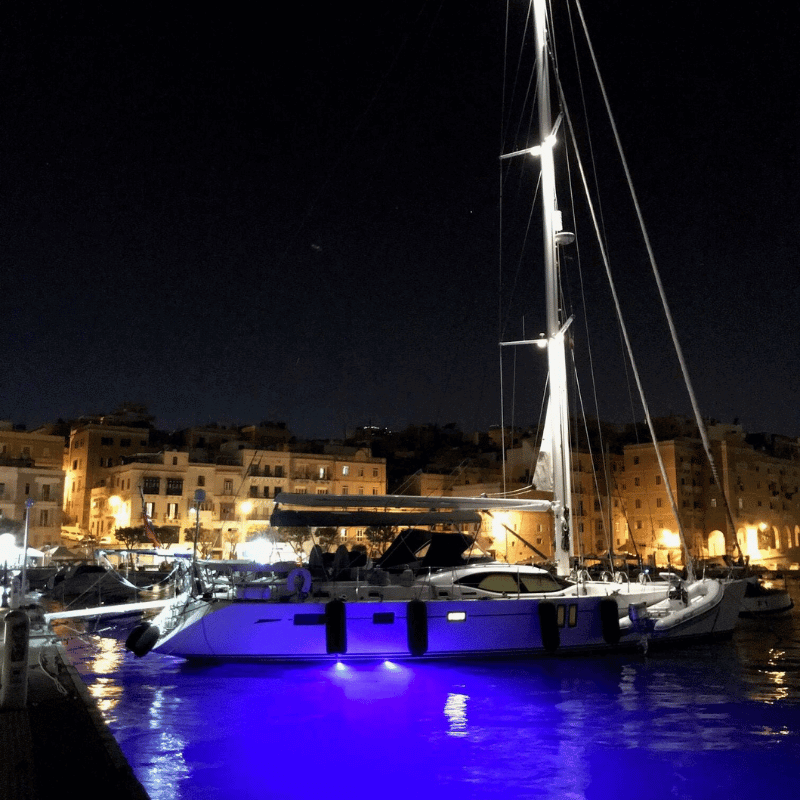
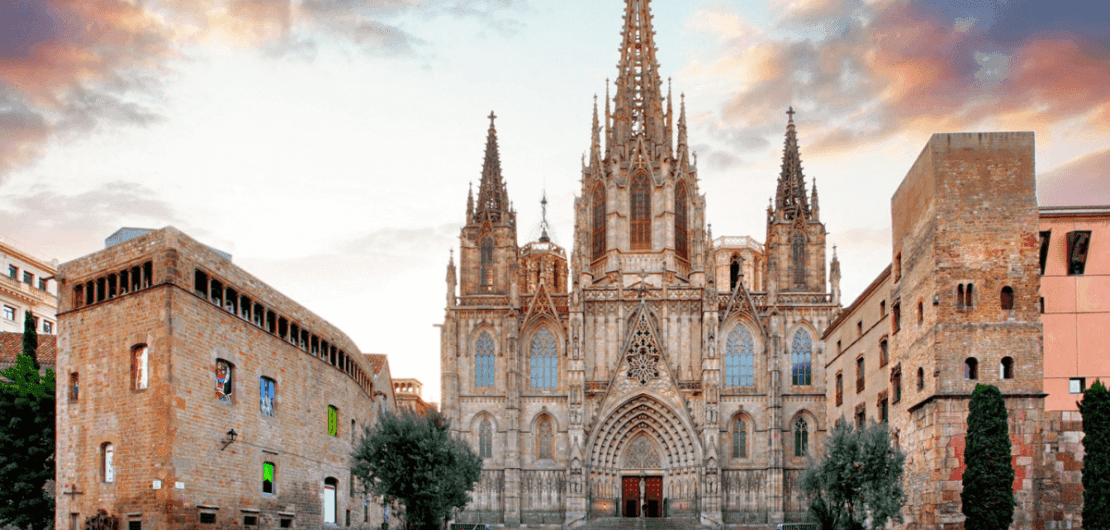
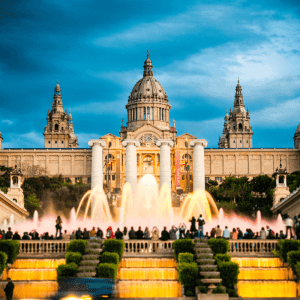
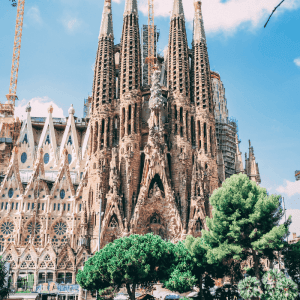
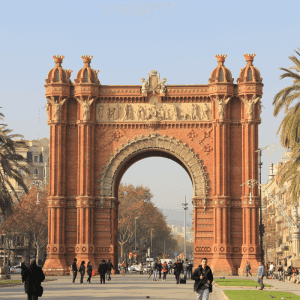
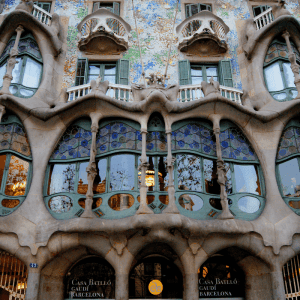
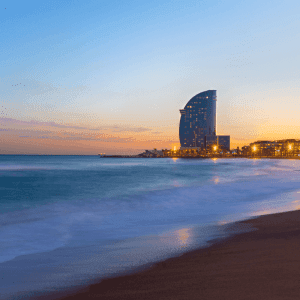
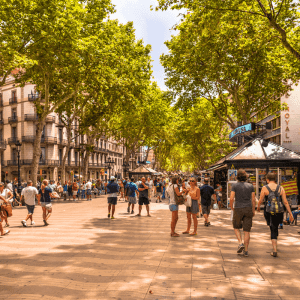
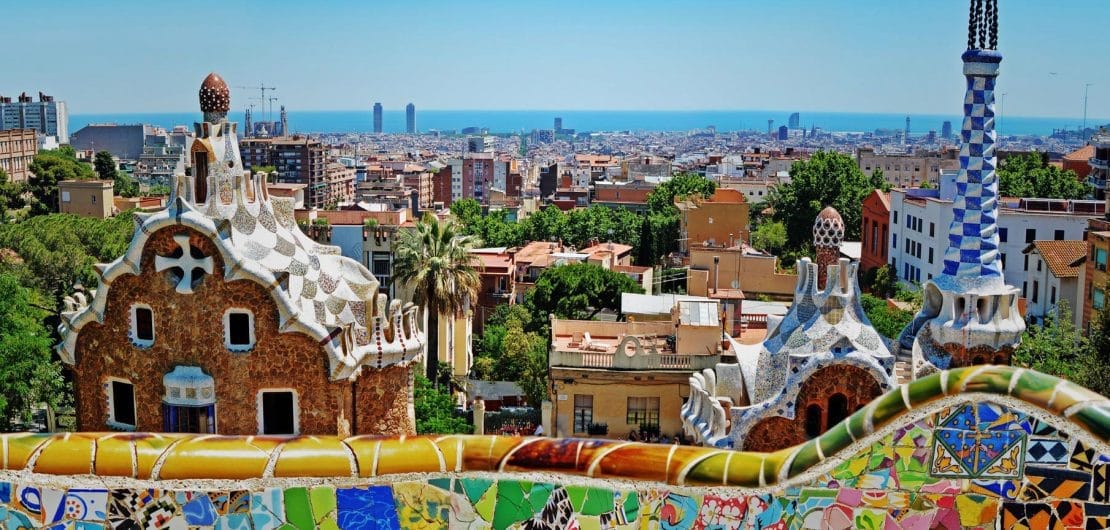
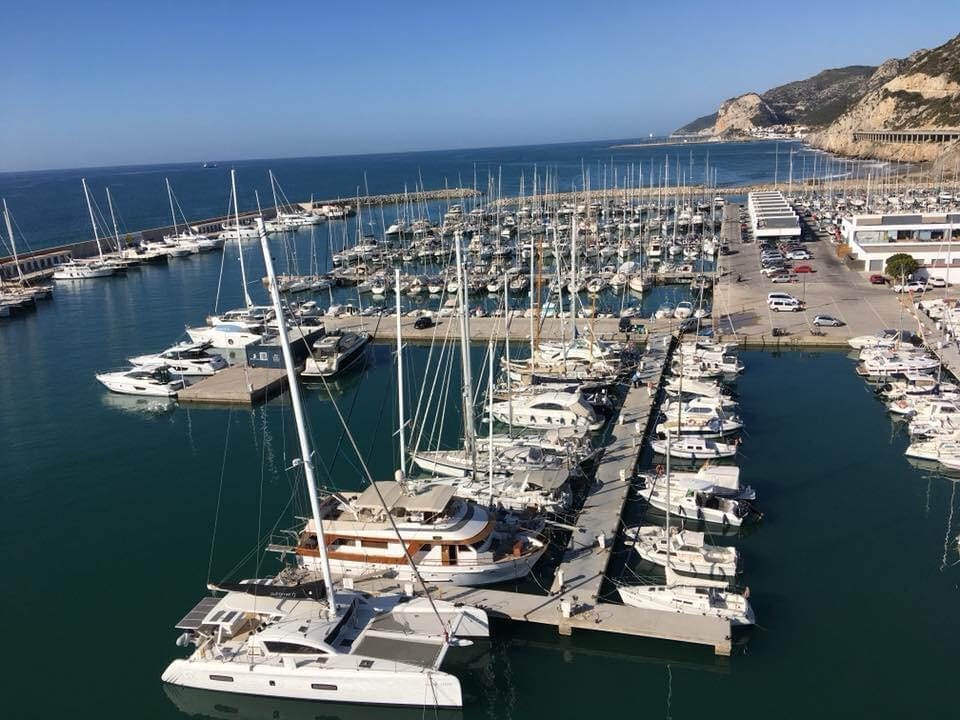
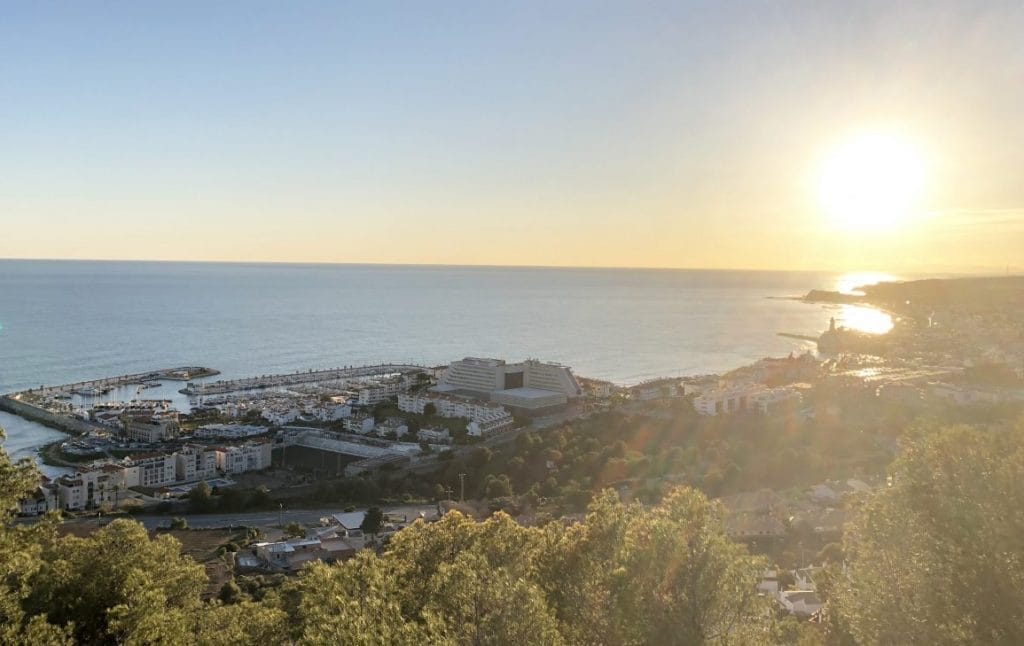
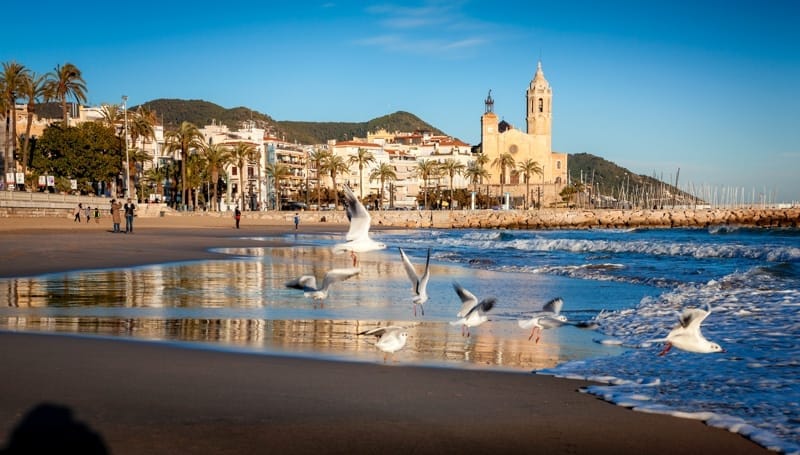
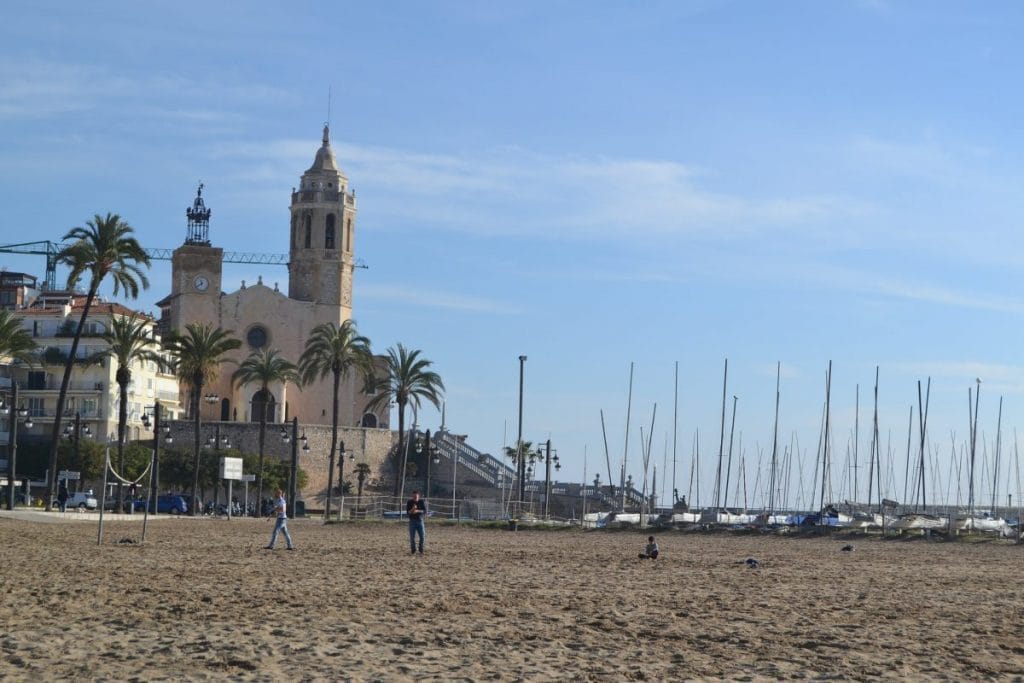
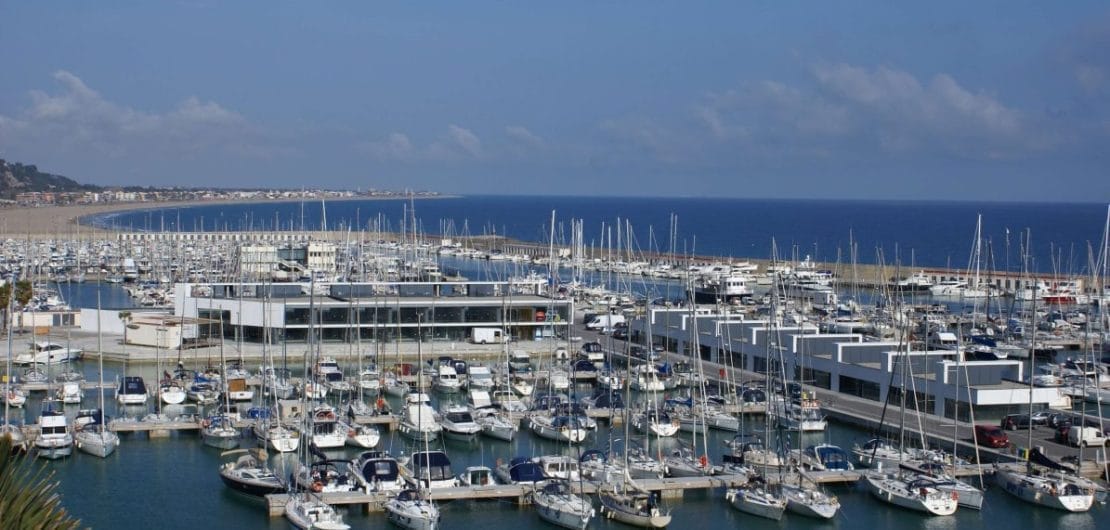
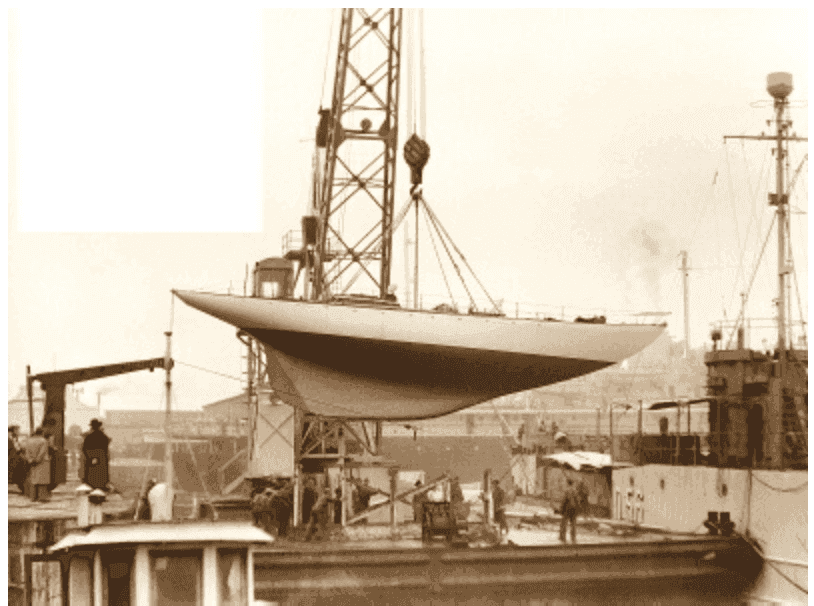 2018 painting booth improvements
2018 painting booth improvements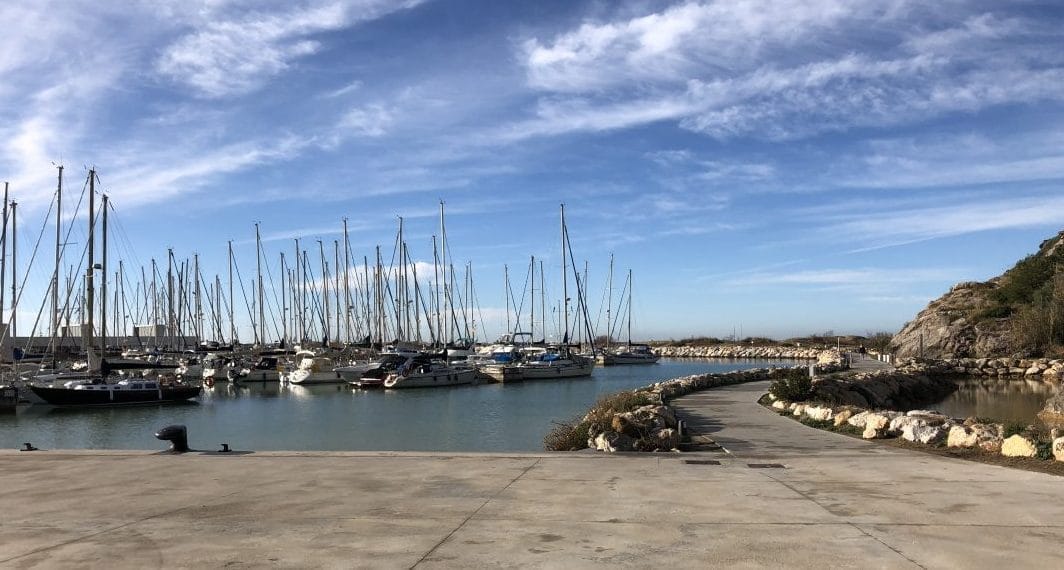
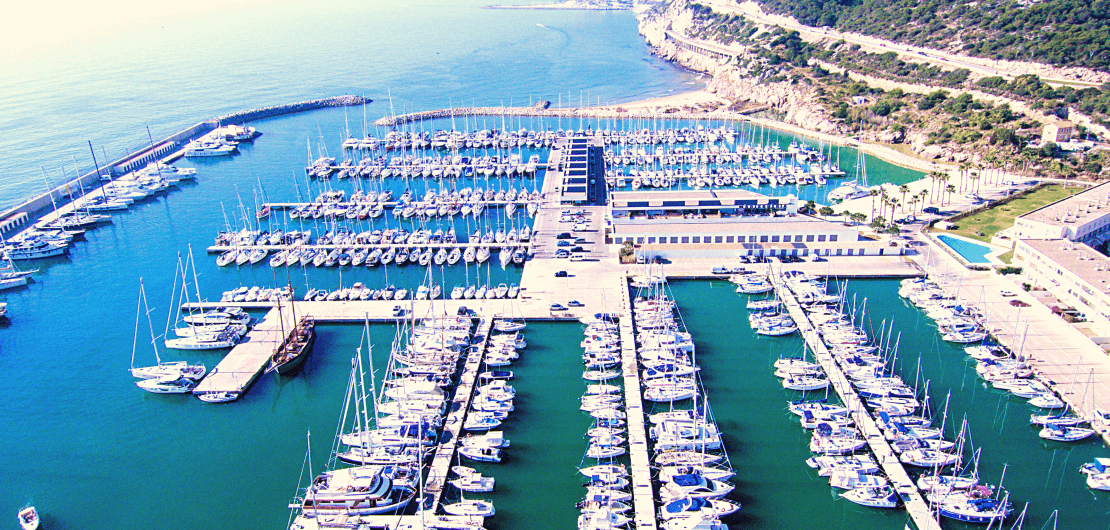
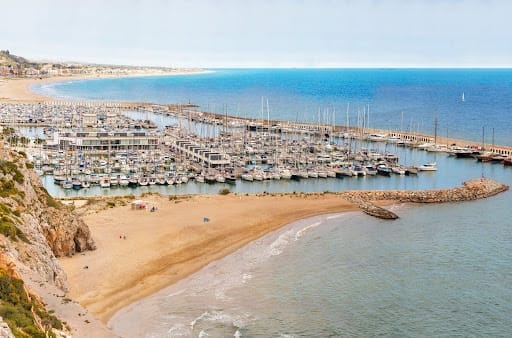
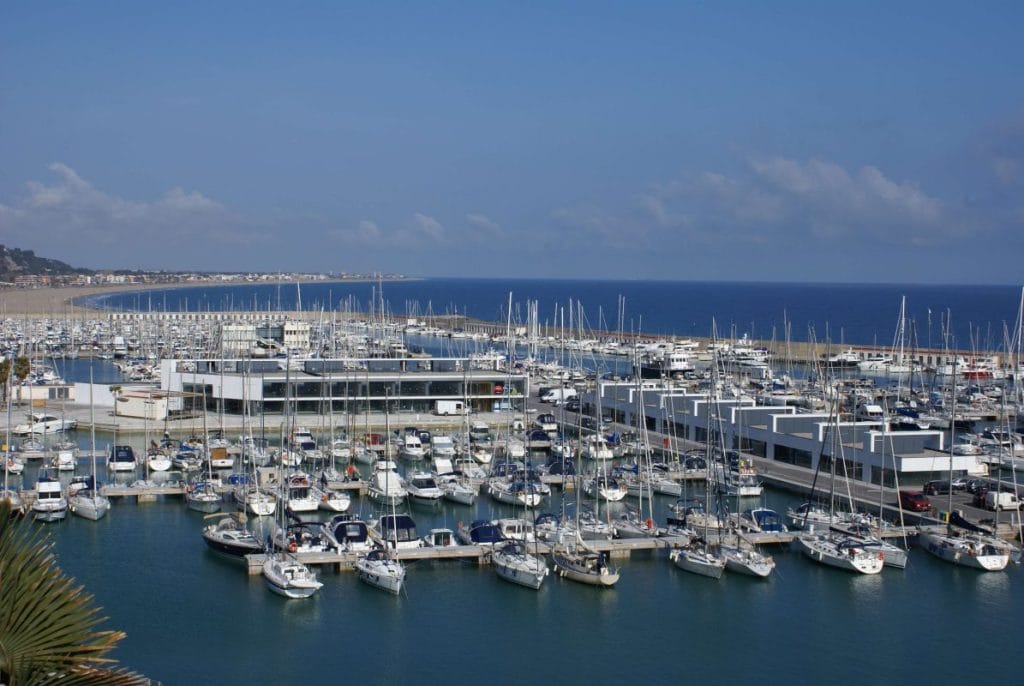
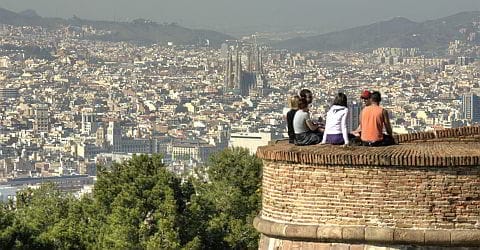
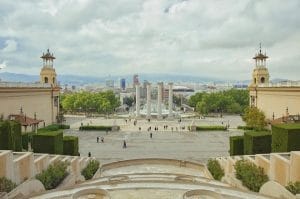
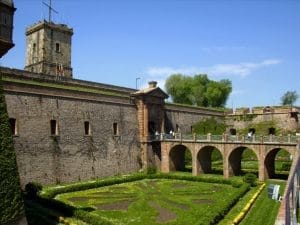
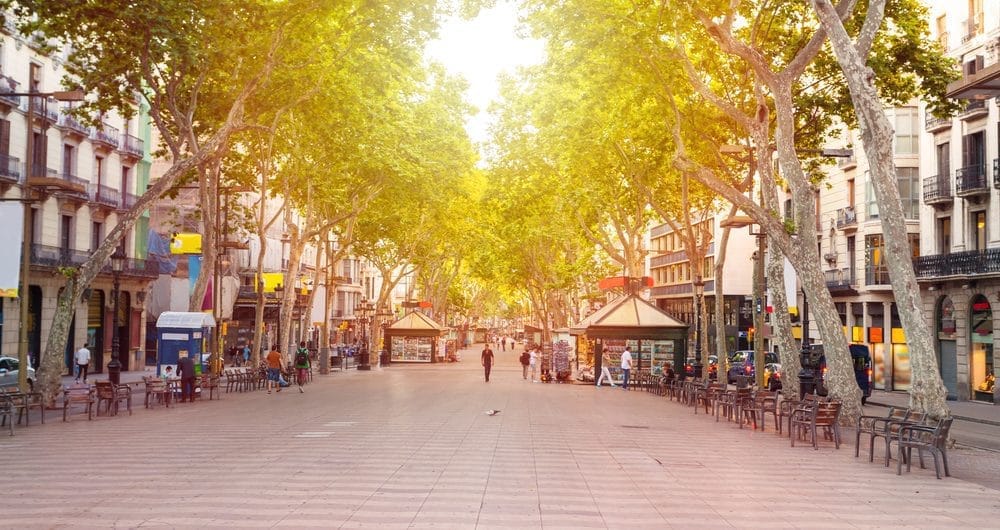
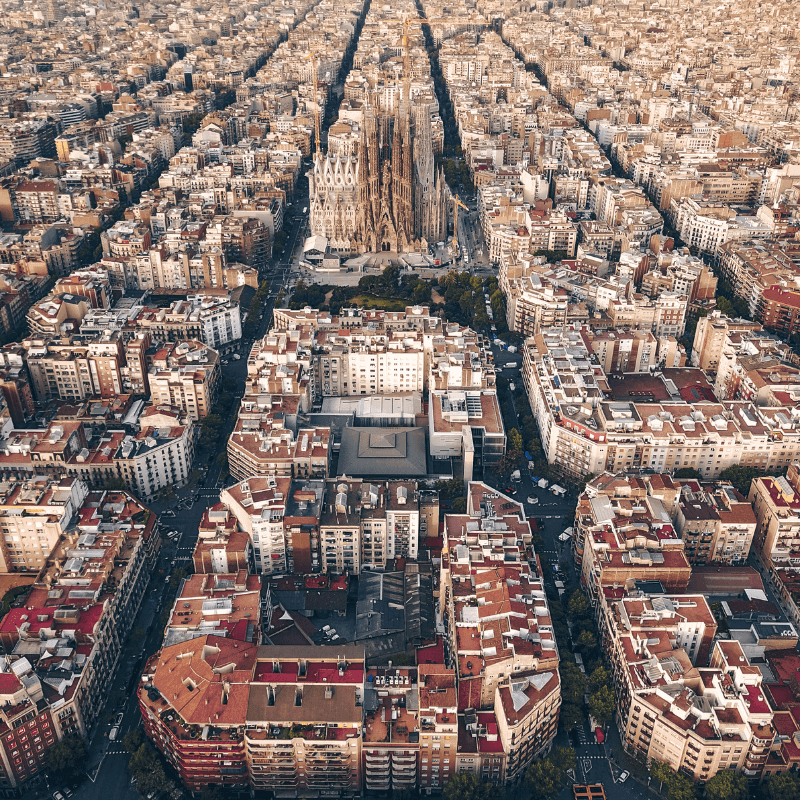
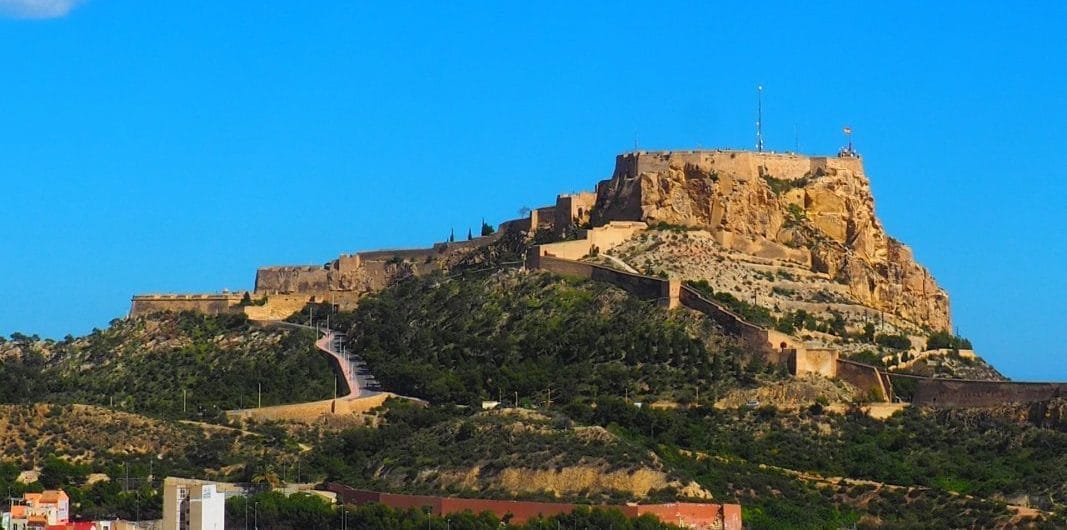
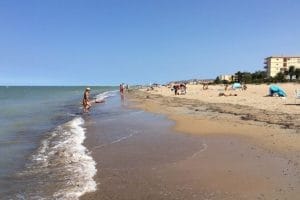 The Jewels of Spain in Costa Blanca is the nickname for Denia Costa Blanca Spain. Capital of the
The Jewels of Spain in Costa Blanca is the nickname for Denia Costa Blanca Spain. Capital of the 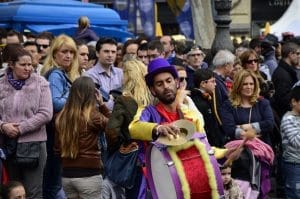 Out of the water, Dénia offers a rich, high-quality culture. Sierra del Montós, a Natural Park between Dénia and Jáv, extends tong the Cabo San Antonio. The monuments of Dénia, the Archaeological Museum, and the Ethnological Musemare are in a 19th-century townhouse and nearby are the Baroque Assumption Church and the arcaded City Hall. National festivities like Festa Major” in July, with the celebration of “els Bous a la mar”, and the “Desfile de Carrozas”, Fallas “in March and” Moros y Cristianos “in August, the cooking competition of the Gamba Roja de
Out of the water, Dénia offers a rich, high-quality culture. Sierra del Montós, a Natural Park between Dénia and Jáv, extends tong the Cabo San Antonio. The monuments of Dénia, the Archaeological Museum, and the Ethnological Musemare are in a 19th-century townhouse and nearby are the Baroque Assumption Church and the arcaded City Hall. National festivities like Festa Major” in July, with the celebration of “els Bous a la mar”, and the “Desfile de Carrozas”, Fallas “in March and” Moros y Cristianos “in August, the cooking competition of the Gamba Roja de 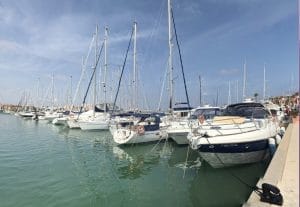 Denia Costa Blanca, Spain, has Two Marinas from you can enjoy viewing the Castle by the sea. Hadoubledle number of e sailboats undoubled the sailing lifestyle. Marina de Denia is the main marina and is considered the more upscale yet more expensive for slipping your boat.
Denia Costa Blanca, Spain, has Two Marinas from you can enjoy viewing the Castle by the sea. Hadoubledle number of e sailboats undoubled the sailing lifestyle. Marina de Denia is the main marina and is considered the more upscale yet more expensive for slipping your boat. 